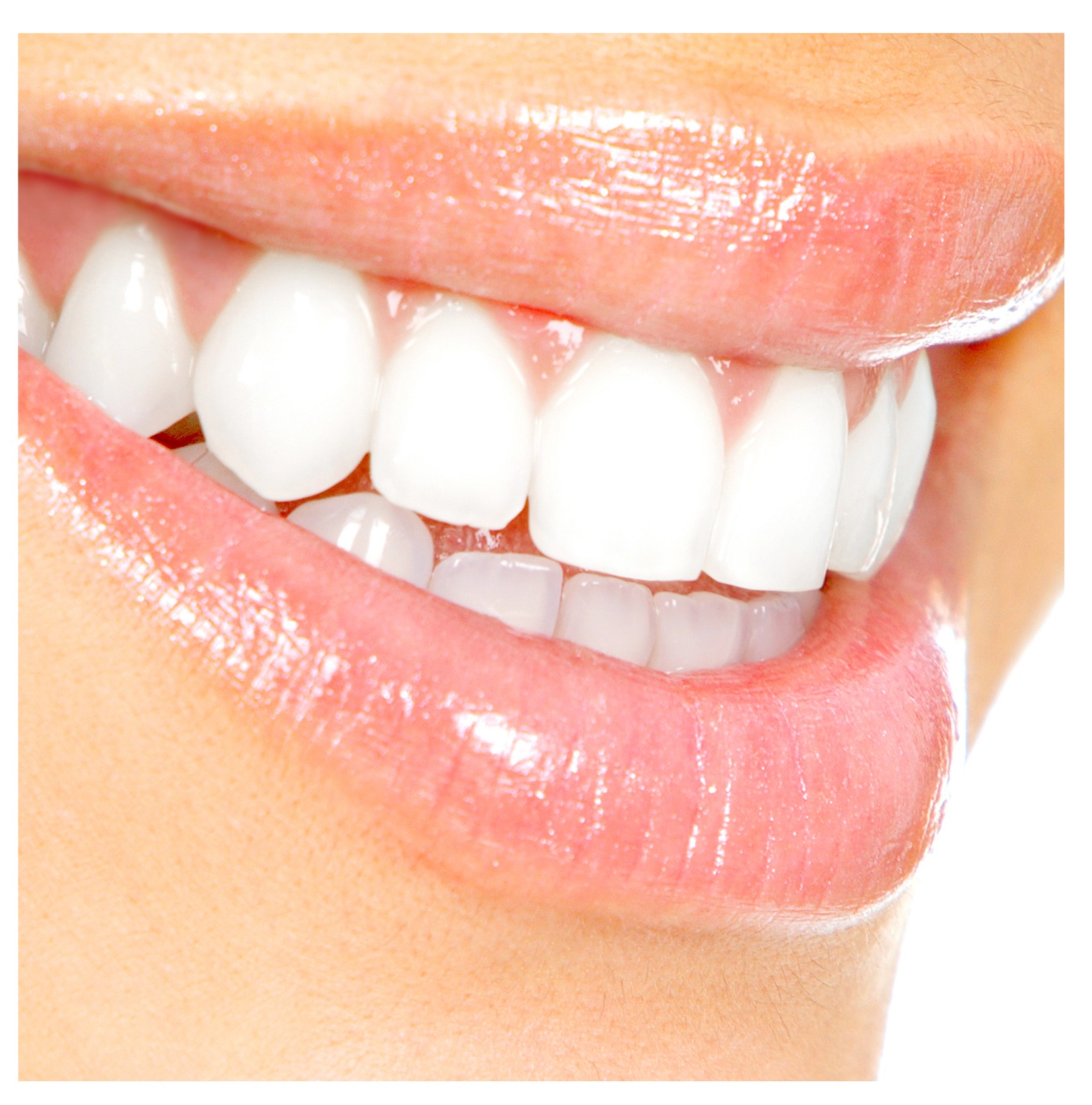A SMILE BY DESIGN, The Perfect Combination of Art and Science

I never would have imagined that becoming a dentist would highlight my ARTISTIC side as much as it has!
And today, I consider my myself a SMILE DESIGNER!
As I have come to realize, my formal training while in dental school, as well as my experience over the past 16 years in clinical practice, have allowed me to enjoy and excel in the perfect combination of Art and Science, also known as Dentistry.
In nature, we are attracted to a state of harmony and balance found in what we look at and feel when experiencing visual stimulation of some kind or other. The Art and Science of Dentistry allows me to incorporate what science contributes as fact and what art contributes as esthetic harmony and beauty. Together, I use these to design a functionally esthetic smile which exudes health, optimal functionality, and universally recognized principles that govern our ideas about what is considered attractive. Artistic principles apply when determining the symmetry, natural harmony and balance used to design a particular person's smile. Although the underlying principles dictating facial symmetry and harmony are applied to all patients, the ultimate result in smile design varies from one person to the other.
A smile is able to determine one's expressiveness. It reveals each individual's underlying state of mind, representing nonverbal communication as it relays happiness, warmth, approval, and friendliness.
As an esthetic and restorative dentist, I utilize a systematic approach to esthetic evaluation during treatment planning. A Smile Designer's understanding of esthetic parameters while simultaneously incorporating biologic and functional science, permits the restoration of a pleasing appearance in the patient's smile. Relying solely on one's own intuition when creating this smile may, simply, not be enough.
Specific parameters should be involved when evaluating the esthetics in Smile Design. These may include:
- Facial Symmetry
- Dento-Labial Relationship
- Phonetic ( Speech ) Patterns
- Dental Health
- Gingival ( GUM ) Analysis
An optimal treatment plan incorporates the prosthetic principles thought to address each of the above mentioned parameters. With these, a customized plan is formulated based on the patient's clinical situation. As I have described in previous articles, a multidisciplinary approach is extremely important when designing a functionally esthetic smile. My Smile Panel of Experts represents other branches of dentistry that play a pivotal role in creating the beauty and harmony only a well designed smile boasts. This team approach allows me to integrate the biology and functional science necessary with the esthetic principles required to create a naturally pleasing smile for all to enjoy.
When wanting to learn more about Smile Design, please ask me about how we can assist you in creating that "Smile You'd Be Proud To Wear...ANYWHERE!"


